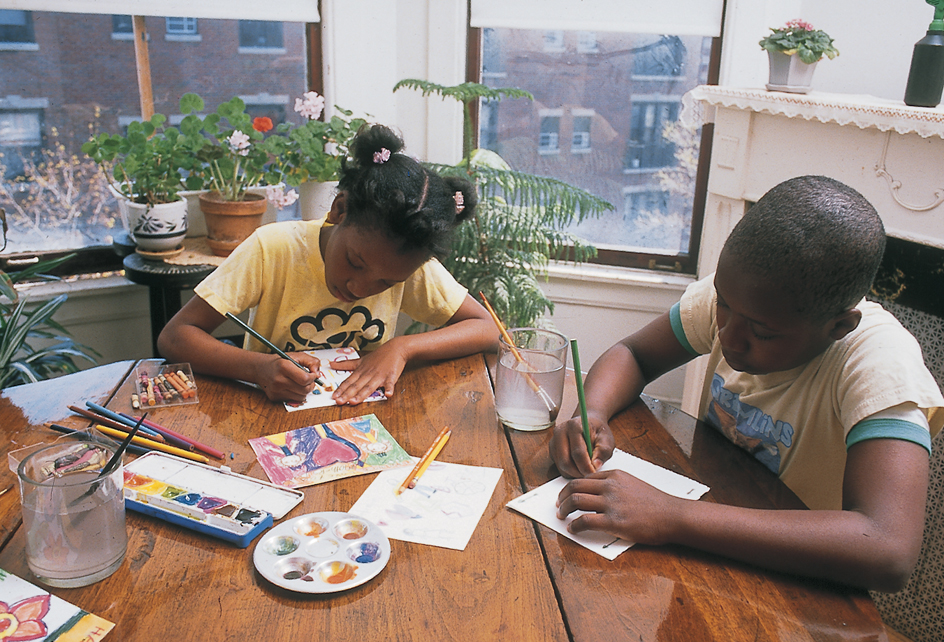Imagination is the capacity to consider objects or events in their absence or as they might be. Imagination may refer to many things, such as fantasy, ingenuity, daydreaming, and make-believe. But it often involves the use of mental imagery, which is the ability to call to mind the sensations of sights, sounds, tastes, smells, and touches that have been experienced.

Through mental imagery, people can also create mental sensations of situations or conditions they have not actually experienced. Imagination plays an important role in creativity, including the formation of abstract ideas. Mental images can substitute for the real thing, allowing a person to plan how to paint a picture, compose a song, and so on.
Mental imagery is produced by the same parts of the brain used in actual perception. This fact sometimes leads people to mistake objects in their mental images for real objects. Brain damage can also disrupt mental imagery and perception in the same ways.
People differ widely in their abilities and tendencies to use different aspects of imagery. For example, some people are better than others at moving objects in images. They can visualize an N changing into a Z when rotated to a certain point. In addition, some people are better than others at picturing more objects in their images or at creating new objects in images.
Imagination plays an important role in a child’s life. Children tend to use imagery in thinking more than adults do. But children have more difficulty than adults in using imagery effectively. This difficulty contributes to the problems that children experience in reasoning about objects and ideas.
